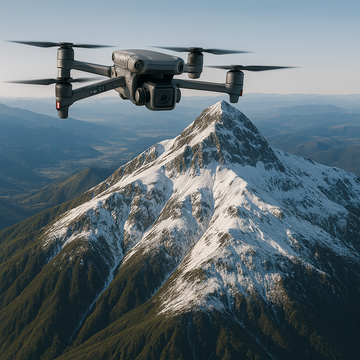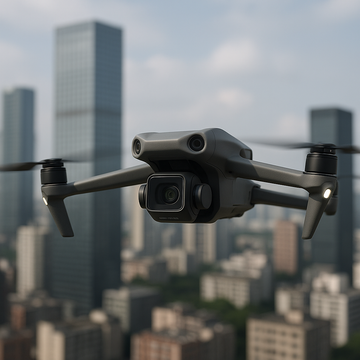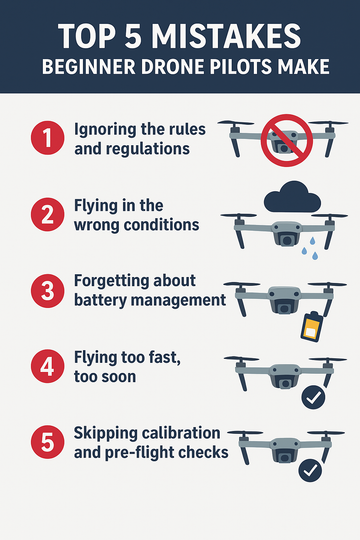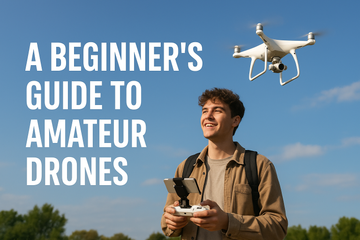The Power of Telephoto Compression in Landscape Photography
In the world of landscape photography, the wide-angle lens has long been the undisputed king. Its ability to capture vast, sweeping vistas is ingrained in our minds as the quintessential way to shoot a breathtaking scene. But what if the key to a truly stunning landscape isn't about getting everything in the frame? What if it's about what you choose to leave out? This is where the power of the 168mm tele camera comes into play, a tool that completely redefines how you capture and tell a story in a landscape.
Beyond the Wide Shot: The Telephoto Perspective
The 168mm focal length is a game-changer for landscape photography. Unlike a wide-angle lens, which pushes foreground and background elements apart, a telephoto lens creates a phenomenon known as "compression." This effect makes distant objects appear much closer to elements in the foreground than they are in reality. This isn't just a technical detail; it's a powerful creative tool.
What telephoto compression means for your landscapes:
-
Intimate Details: With a 168mm tele camera, you can isolate specific features within a grand scene. Instead of a wide shot of an entire mountain range, you can focus on a single, jagged peak, or the textures of a distant rock face, making it the hero of your composition.
-
Layered Compositions: The compression effect is perfect for creating dynamic, layered images. Imagine a photo of rolling hills where each ridge appears to be stacked on top of the one behind it, creating a sense of density and depth that our eyes can't naturally perceive.
-
Simplified Scenes: A wide-angle lens can sometimes be overwhelming, filled with distracting elements. The narrow field of view of a telephoto lens allows you to simplify your composition, removing clutter and drawing the viewer's eye directly to your intended subject.
The Art of Finding the Shot
The challenge—and the fun—of using a 168mm tele camera is that it forces you to think differently. You can't just "get it all in." You have to scout the landscape for unique, abstract compositions. Look for:
-
Patterns and Textures: Use the telephoto lens to zoom in on the natural patterns of the landscape. This could be the geometric shapes of agricultural fields, the repetitive patterns of sand dunes, or the a winding river cutting through a valley.
-
Light and Shadow: Telephoto lenses are incredible for capturing the interplay of light and shadow on distant subjects. During sunrise or sunset, the low-angle light can create dramatic side-lighting that emphasizes the texture and dimensionality of mountains and hills.
-
Atmospheric Effects: Fog, mist, or haze can be a photographer's best friend when using a telephoto lens. The compression effect combined with atmospheric conditions can create ethereal, painterly images where each layer gradually fades into the distance, adding a sense of mystery to your photographs.
Best Practices for Your 168mm Tele Camera
Working with a longer focal length requires a few key techniques to ensure sharp, stunning results.
-
Stability is Key: Any camera shake is magnified with a telephoto lens. Use a sturdy tripod whenever possible. Even a slight breeze can cause vibrations that will blur your image.
-
Focus with Precision: With a narrower depth of field, especially on closer subjects, precise focus is paramount. Use a live view to magnify your subject and manually focus for the sharpest possible image.
-
Be Mindful of Haze: Atmospheric haze can reduce contrast and clarity in telephoto shots. A polarizing filter can help, but shooting in the early morning when the air is clearer is often the best solution.
The 168mm tele camera is not a replacement for a wide-angle lens; it's a complementary tool that opens up a new world of creative expression. By mastering its unique properties, you can move beyond the conventional and capture landscapes with a level of intimacy and detail that will truly stand out.
#LandscapePhotography #Telephoto #DronePhotography #AerialPhotography #168mm #Composition #PhotographyTips #CreativePhotography #DroneCamera #OutdoorPhotography






